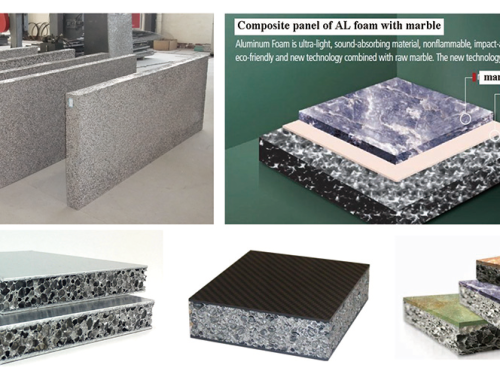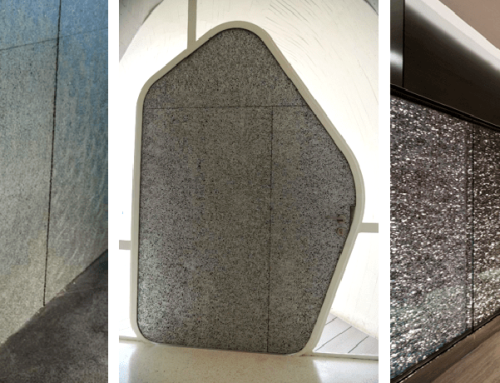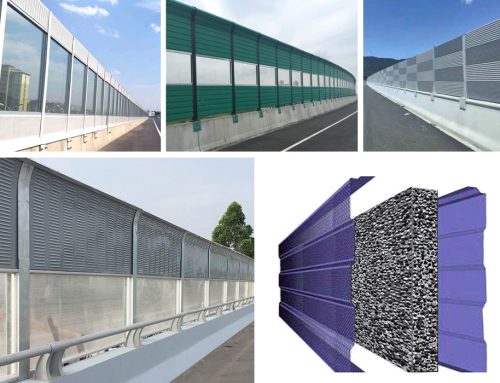Foam metal refers to a special metal material containing foam pores.
Through its unique structural characteristics, foam metal has a series of good advantages such as low density, good heat insulation performance, good sound insulation performance, and ability to absorb electromagnetic waves. It is a new type of material that has been gradually developed with human technology and is commonly used in aerospace and petroleum. A series of industrial development such as chemical industry.
1.Porosity
Porosity refers to the ratio of the volume of all pores in a porous body to the total volume of the porous body, and is often a measure of the void space of a porous body.
The porosity of foam metal often reaches more than 90%, and it is a porous metal with certain strength and rigidity.
This kind of metal has high porosity, and the pore diameter can reach the millimeter level.
2.Properties of Foamed Metal
It has a high air permeability, almost all pores connected, the specific surface area of the pores is large, and the bulk density of the material is small. Compared with the general sintered porous metal, the metal material containing foamed pores has a higher porosity and a larger pore size, up to 7 mm. Foam metal is used in the manufacture of purification, filtration, catalytic support, electrodes and other devices in petrochemical, aerospace, and environmental protection.
Since the foamed metal is a two-phase composite material composed of a continuous phase of the metal matrix framework and a dispersed or continuous phase of pores. Therefore, its properties depend on the metal matrix, porosity and pore structure used, and are affected by the preparation process.
Generally, the mechanical properties of foam metal decrease with the increase of porosity, and its electrical conductivity and thermal conductivity also decrease exponentially.
When the foam metal is under pressure, due to the increase of the force area caused by the collapse of the pores and the material strain hardening effect, the foam metal has excellent impact energy absorption characteristics.
3.Production Method of Foamed Metals
Foam metal is prepared by powder metallurgy or electroplating. The former is made by adding a foaming agent to the molten metal to prepare the foamed metal; the latter is replicated into the foamed metal on the polyurethane foam plastic skeleton by an electrodeposition process.
The powder metallurgy method produces foamed metal by adding a foaming agent (such as NH4Cl) to the powder. The foaming agent volatilizes during sintering, leaving pores
The electrochemical deposition method can be used to prepare metal foams with regular pores and porosity up to 95%, including foam materials with Cu, Ni, NiCrFe, ZnCu, NiCu, NiCrW, NiFe and other metals and alloys as the framework.
The metal electrochemically deposited on the porous body is sintered to connect the deposited components into a whole. The high-porosity foam metal with the required strength and high porosity can be filled with more substances such as catalysts and electrolytes during use.
4.Types and Characters
Already practical foam metals include aluminum, nickel and their alloys. In addition, foamed copper also has a certain development space.
Foamed aluminum and its alloys are light in weight and have the characteristics of sound absorption, heat insulation, vibration reduction, impact energy absorption and electromagnetic waves. They are suitable for impact protection layers of missiles, aircraft and their recovery parts, automobile buffers, electronic and mechanical vibration damping devices, and pulses. Power supply electromagnetic wave shield, etc.
Foamed nickel has high air permeability and high porosity due to its connected pore structure and high porosity.
With high specific surface area and capillary force, it is mostly used as a functional material to make fluid filters, atomizers, catalysts, battery electrode plates and heat exchangers.
Foamed copper has good conductivity and ductility, and its preparation cost is lower than that of foamed nickel, and its conductivity is better. It can be used to prepare battery negative (carrier) materials, catalyst carriers and electromagnetic shielding materials. Especially the foamed copper is used as the base material of the battery as the electrode,
It has some obvious advantages, but the corrosion resistance of copper is not as good as that of nickel, which limits some of its applications.
5.Application
it can be used as a lightweight structural material. In the aerospace and missile industries, metal foam is used as a lightweight, heat-transfer supporting structure.
In construction, foamed metal is needed to make light, hard, fire-resistant elements, railings, or support for these things.
Foam metal can also be used as a reinforcing material for many organic, inorganic and metallic materials.
Foamed metal is very suitable for use as a variety of lightweight J-coils for load-bearing panels, shells and pipes to make a variety of laminated composite materials.
Buffer protection is also one of the main uses of foam metal.



